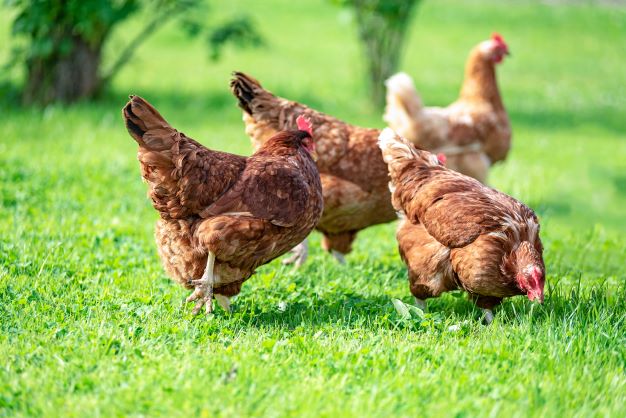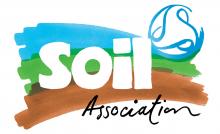Organic farmers work to a strict set of standards, which must legally comply with strict EU regulation, to ensure that their farms sustain the health of:
- Soils
- Ecosystems
- Animals
- People
These standards are built on the key principles of organic agriculture:
- Health
- Ecology
- Care
- Fairness
Certification is legally required to grow, process or market organic products, and all organic farms and companies are inspected by a certification body, at least once a year.
Share here useful resources for organic farming
National Organic Combinable Crops (NOCC22) event - 5 July 2022 at the Cholderton Estate in Wiltshire.
OF&G Organic and ADAS Organic Bulletin





Discussion
Are there circumstances when AD digestate can be classified as "organic"?